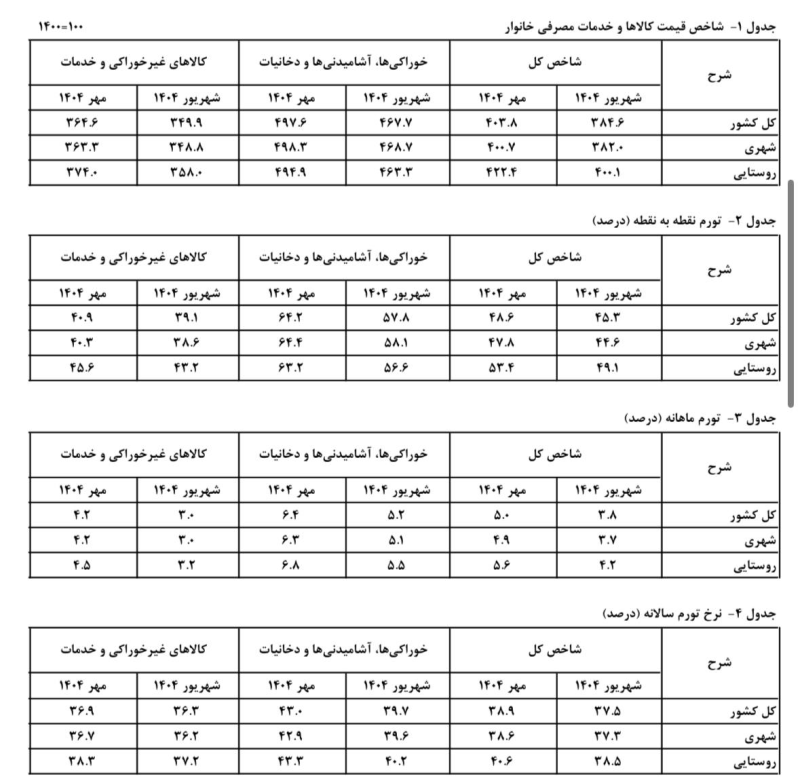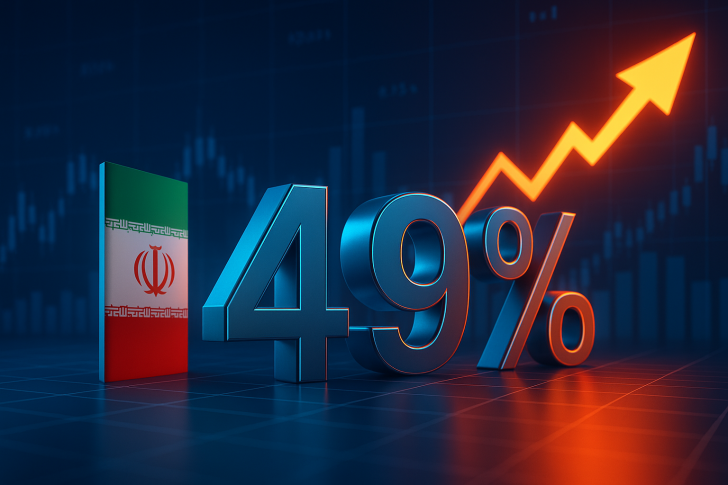● Iranian economist Saeed Ghasseminejad recently highlighted troubling economic data showing Iran's deepening inflation crisis. Point-to-point inflation reached 48.6%, with annual inflation at 38.9%, according to the latest consumer price index for September–October 2025. These figures, confirmed by Iran's Statistical Center, reflect mounting pressure across essential goods.

● The economic outlook is grim. The rial has weakened 56% against the dollar over the past year, driving up import costs and crushing household buying power. This currency collapse is hammering Iran's already fragile banking system, which struggles with exceptionally high non-performing loans. "Iran's banking system is under massive pressure," pointing to poor oversight and politically motivated lending.
● The financial implications are serious. Soaring inflation and banking weakness threaten to blow out fiscal deficits as real government revenues shrink. Policymakers are caught between maintaining budget stability and managing rising public spending. Economists argue Iran needs banking reform and tighter monetary policy rather than new consumption taxes that would worsen the economic slowdown.
● The country's energy and industrial sectors face structural problems. With winter coming, Iran is heading into a severe natural gas shortage that will likely disrupt electricity supply, affecting both factories and homes. These recurring shortages, combined with high inflation and a falling currency, could push Iran into stagflation—slow growth paired with rising prices.
● As Saeed Ghasseminejad put it: "Iran's economy is entering a phase of sustained stress—with inflation near 50%, a weakening rial, and a financial sector under strain." Without major fiscal and banking reforms, experts warn the country risks sliding into a deeper economic crisis as inflation and energy problems collide.
 Saad Ullah
Saad Ullah

 Saad Ullah
Saad Ullah


